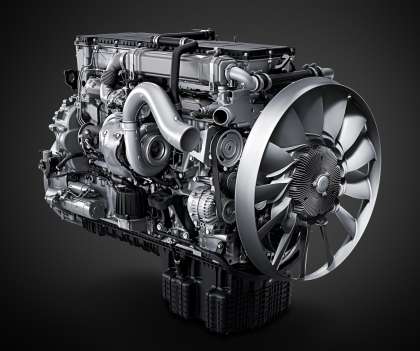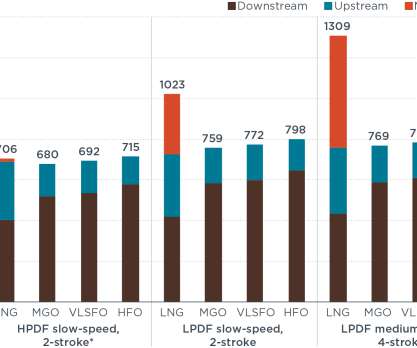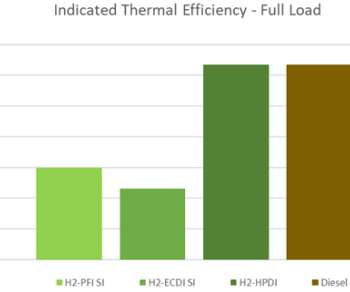Mercedes-Benz Trucks launching 3rd generation of OM 471 heavy-duty diesel
Green Car Congress
APRIL 8, 2022
Reduced friction losses and pressure control with low-viscosity oil. For this purpose, the third-generation OM 471 has a newly developed engine oil pressure control valve. It is installed behind the engine oil pump and in front of the oil thermostat. Newly-developed exhaust gas aftertreatment system.








































Let's personalize your content